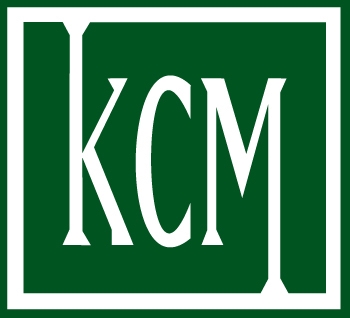A few of you may have noticed some volatility in the markets this week… To the tune of roughly 1850 points off the Dow Jones Industrial Average, or a greater than 6% decline in two days. The recent volatility is by no means ‘normal’ for the equity markets, but the sudden spike in volatility may have also served as a ‘wake up reminder’ for equity investors after having been lulled to sleep by a steadily upward moving market for the past year.
While I personally do not enjoy days like we’ve experienced this week in the market, I do in fact appreciate them. And while I do personally enjoy most steadily upward trending days, such as we saw the bulk of market days in 2019, they do in fact worry me. A healthy market is one that takes two steps forward, then one step back, then two steps forward, etc. We really haven’t seen any steps backwards since December of 2018. Every so often the market needs to correct, regroup, and reprice itself before making a continued push upward.
Corrections and their bigger sibling, Bear market, almost always require some sort of catalyst. The severity and seriousness of the catalyst generally determines which sibling we will see. It is pretty obvious that the catalyst this time around is the coronavirus. Although it was identified in November of 2019, the gravity of the situation and the extent to which it would disrupt global commerce has only begun to be recognized by financial market this past week.
Stock prices, as defined by multiple valuation methodologies including the discounted cash flow (DCF) or dividend discount model (DDM), are the discounted present value of a future stream of cash flows. Depending on the model, those cash flows are either revenues or profits. If forecasted revenues or profits drop, by definition current stock prices should drop accordingly. The extent and degree to which corporate profits will be hampered by the coronavirus is still unknown. Warren Buffet, a well-known, long-term investor, has called this week’s market action a ‘buying opportunity’, because he is always looking 3+ years into the future…i.e. the ‘oracle’ of Omaha, not just a clever name. Jim Cramer, well-known market pundit and legendary hedge fund trader (hedge fund traders usually have very short-term time horizons), does not necessarily agree with Warren that this is a short-term buying opportunity. Cramer has argued that he wants to see a slowing of the spread of the Coronavirus and ideally a halt of the spreading before he sees it as a buying opportunity.
I am not going to pretend to be a doctor, scientist, or have any knowledge of how quickly or slowly the coronavirus may spread. As I sit here in my office overlooking the tarmac and LAX, a headline just popped onto my screen indicating that a stewardess for Korean Air who took multiple flights in and out of LAX last week just tested positive in Seoul. What I will be watching very closely is the extent to which the coronavirus impacts corporate profits and earnings projections, and more importantly… the extent to which companies are able to service their debt due to negative economic ramifications of the coronavirus. If we start to see a wave of corporate defaults without a swift and strong response from central banks, it is highly likely that little sibling will ‘evolve’ (to borrow from my kids Pokemon lingo…) into big sibling.
As Marv and I have discussed with many of you in recent months, during the course of 2019 we took a number of steps to decrease the risk in our portfolios. We did not see the coronavirus coming, but lofty and extended equity valuations combined with abrupt unconventional u-turns in monetary policy had created a cause for caution. It is difficult to ascertain this just by looking at the ticker symbols and security names on your statements, but here are some of the highlights of those de-risking modifications:
1) Increased gold from 0% to 5%, and then from 5% to 10% of portfolio values during the course of 2019. As of today in 2020, the S&P 500 index is down over 3.5%, while gold is up roughly the equivalent amount.
2) Increased the credit quality of your bond holdings to minimize exposure to non-investment grade (i.e. “Junk”) bonds, and minimized exposure to international and emerging market sovereign and corporate bonds.
3) Decreased our direct exposure to Emerging Market equities (i.e. Chinese, Korean) to essentially zero.
4) Consolidated our U.S. Equity exposure to large cap stocks, with an overweight towards value and dividend paying stocks.
5) And lastly for less aggressive clients, we have reduced our overall equity exposure by roughly 20%.
At this point, while we are not enjoying the market volatility this week, we at Kaye Capital definitely feel like we have prepared your portfolios well for heightened volatility. Should we see corporate earnings forecasts erode substantially, or corporate defaults increase dramatically, we will take additional measures to reduce risk in our portfolios.
Sincerely,
Ken
Ken Watten, MBA, CFP®
Kaye Capital Management

